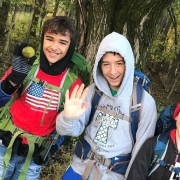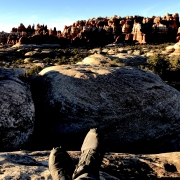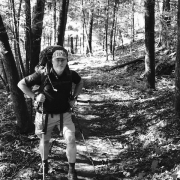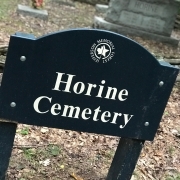The Hurried Child –Are We Creating a Generation of Anxious Children?
I first read David Elkind’s book, “The Hurried Child,” while in graduate school almost 25 years ago. It provided a course of treatment for me to use with families and their children. I encouraged families to relax and limit the stress that they imposed upon their kids. This stress usually took the form of over-involvement…











